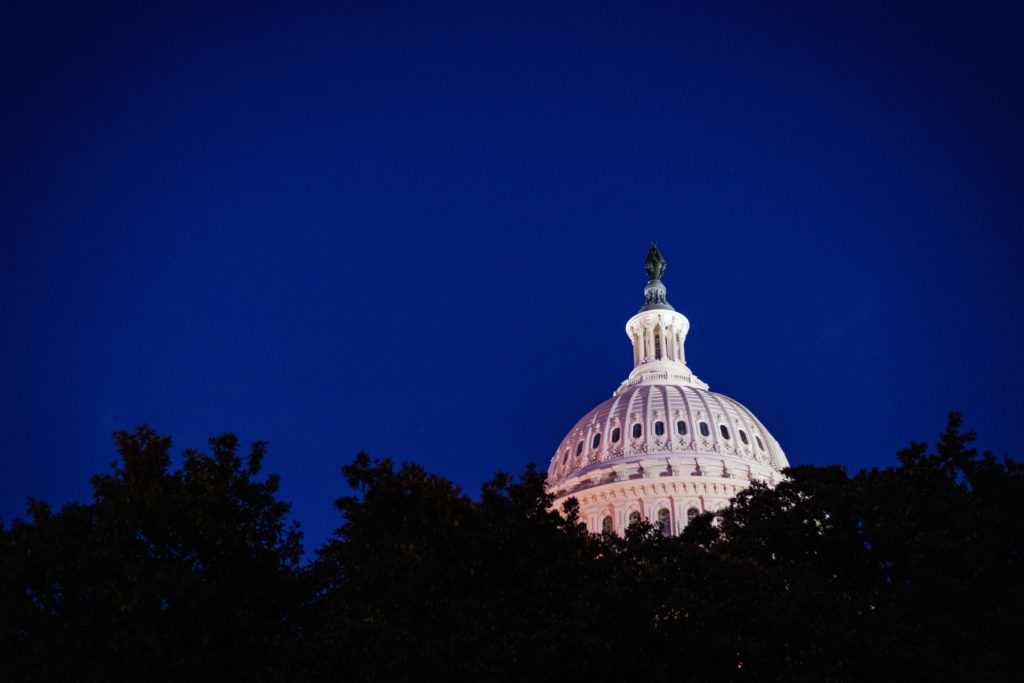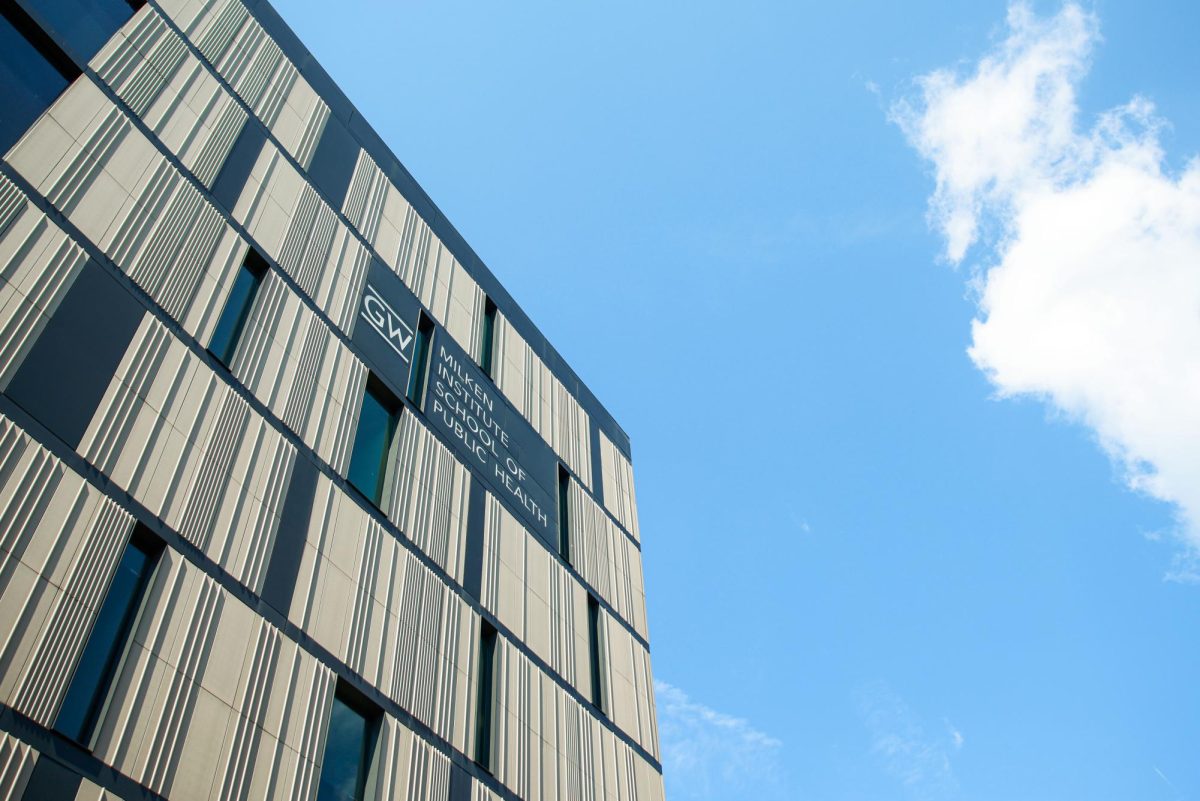Updated: April 25, 2022 at 2:20 p.m.
The University installed live weather tracking systems on its three main campuses to provide more accurate live weather alerts during hazardous events earlier this month.
Officials said GW partnered with WeatherSTEM, a company that builds live weather tracking units, to adopt advanced weather monitoring and to help the Division of Safety and Facilities make decisions about class cancellations and GW Alerts during extreme weather. Officials and experts said the stations capture real-time data of weather patterns in Foggy Bottom, which can also be used in courses and for research at GW.
Scott Burnotes, the vice president of safety and facilities, said the WeatherSTEM systems are equipped with wet bulb globe temperature – which measures the combination of heat and humidity to assess extreme heat – to help officials make campus safety decisions that protect faculty and students. Burnotes said the systems archive each image and data point for GW community members to retrieve from the system’s website, and he “encourages” the use of the data provided on the website for educational and research purposes.
“We hope our students, faculty, staff and neighbors will see benefit in having an extremely capable weather station where they live and work to help them in everyday decisions impacted by weather,” Burnotes said in an email. “We encourage everyone to explore the capabilities of the stations and the data, videos and social media posts they create on a daily basis.”
Ed Mansouri, the CEO and founder of WeatherSTEM, said the weather tracking units record temperature, humidity, wind speed, precipitation and ultraviolet radiation every eight-tenths of a second throughout the day to allow their partners to make safe decisions when extreme weather conditions arise.
He said the systems operate with two parts – hardware with the weather station’s cameras that capture live photos and software holding weather data that is sent to the system’s constantly-updating website and Twitter page that are both run by artificial intelligence.
“We use it to drive a web, a mobile and a social media platform where people can interact with that information and use it for purposes of decision making regarding, say, for football practice today,” Mansouri said.
Mansouri said live weather systems can keep students and faculty safe from unexpected hazardous weather conditions. He said universities can use the system’s data for statistics classes, and computer science courses can input their own codes to pull data from the system for computer programming purposes.
Mansouri said the company is looking to develop technology that can predict where lightning will strike and improve technology that predicts measurements for snow, rain or hail amounts. He said the GW systems are wired into the school’s power, but some systems run on solar power.
The company provides backup generators to make sure they still work through extreme weather, he added.
“If you’re using technology to monitor severe weather and that technology fails in severe weather, you’ve just shot yourself in the foot with respect to monitoring the severe weather conditions,” he said.
Mansouri said most of the WeatherSTEM systems are based in Florida where the company is headquartered, but they can also be found in Maine, Washington and NFL and NCAA football stadiums.
“We’re working very hard to expand our footprint,” Mansouri said. “And our project with GWU is actually our first-ever system in the District of Columbia. So we’re extremely proud and excited.”
Experts in meteorology and atmospheric science said the WeatherSTEM systems allow universities to advance their safety systems and create new educational opportunities through collected data.
Jon Michael Nese, a professor of meteorology at Pennsylvania State University, said Mansouri donated three of the four WeatherSTEM units that are on campus – located in the football stadium and by the middle, north and west areas of campus. He said the units have provided safety data to the athletics department and emergency management services information about potentially hazardous weather conditions for the past seven years.
Nese said he uses data from the systems to teach students climatology – the scientific study of climate – and analyzes the average number of times certain weather events occur each month. He said he teaches students to pull statistical data from the systems about cold fronts, the average amount of rain days or other weather events.
“There’s a lot of possibilities and largely because of the large number of variables that are being measured – temperature, moisture, wind, pressure, precipitation,” Nese said. “When you have all of those parameters, you can do a lot.”
Nese said the cameras on the units capture photos and time-lapses of visually-aesthetic landscapes. He said local television stations use photos that WeatherSTEM units take when referring to Penn State.
“From a safety standpoint, it’s nice to have that network of observing sites that sort of covers all parts of campus,” Nese said.
This post was updated to correct the following:
The Hatchet incorrectly reported that Mansouri donated all four of the WeatherSTEM units to Pennsylvania State University. Mansouri donated three, and Penn State purchased the fourth. We regret this error.







